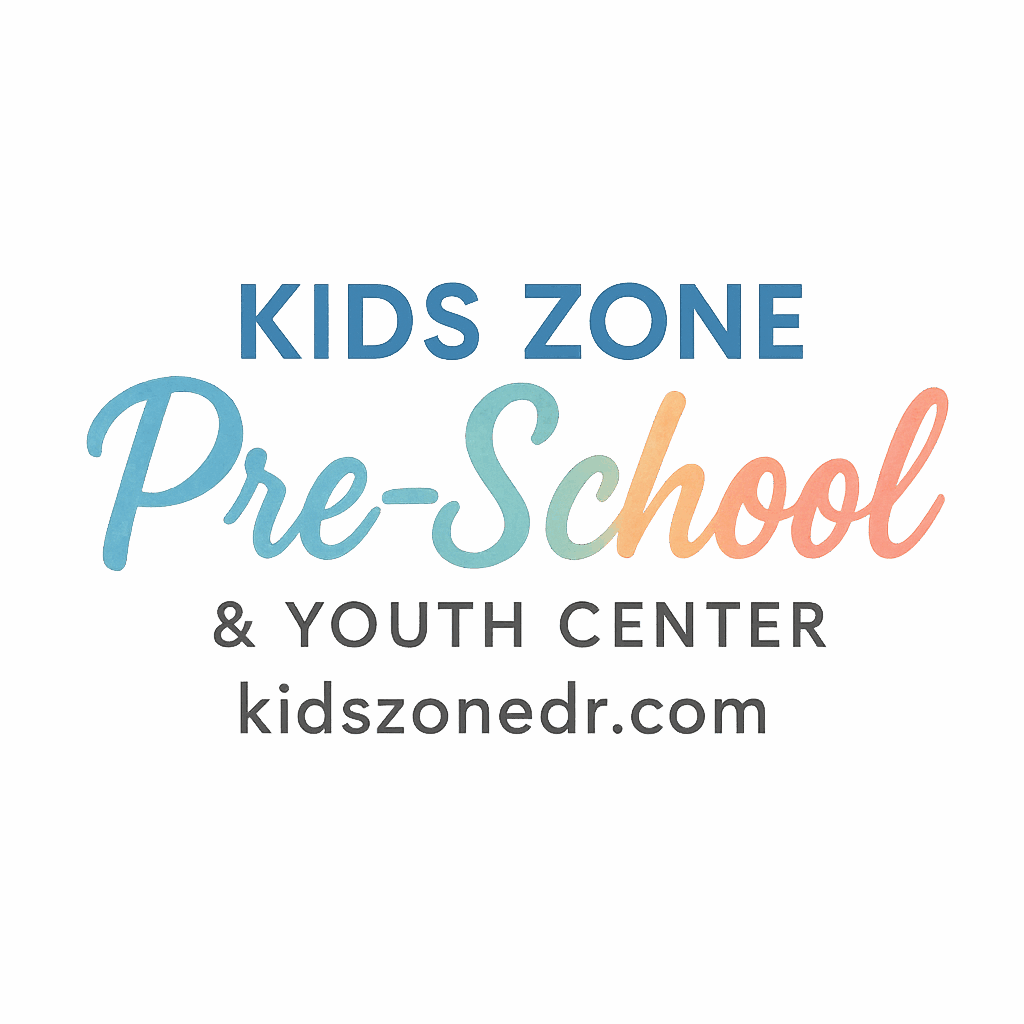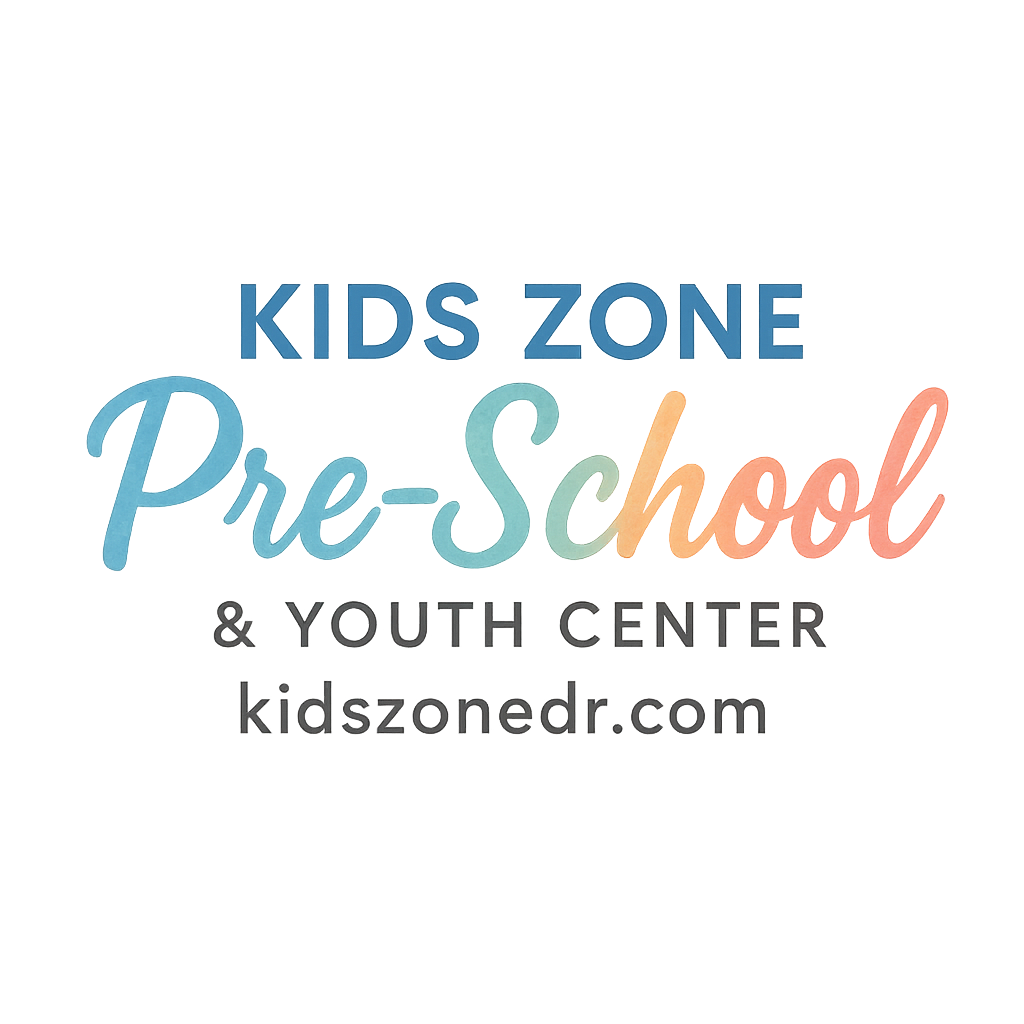Introduction to Building Block Challenges
When you step into a preschool or youth center, one of the first things you’ll notice is a box of colorful building blocks. At first glance, they might look like simple toys, but in reality, they’re powerful tools for learning. Building block challenges are more than play—they’re a blend of creativity, problem-solving, and skill-building.
In this guide, we’ll explore 8 exciting preschool and youth center building block challenges, uncover their hidden learning benefits, and share how teachers and parents can make the most out of these activities.
Why Building Block Challenges Matter in Preschool & Youth Centers
Boosting Cognitive Development
Blocks encourage children to plan, test, and adjust. Each structure built is a mini science experiment—helping kids develop critical thinking and problem-solving skills that set the stage for future learning.
Encouraging Creativity and Imagination
Give a child a pile of blocks, and you’ll see endless possibilities unfold: castles, cities, spaceships, or even imaginary animals. This open-ended play encourages out-of-the-box thinking.
Building Teamwork and Social Skills
In preschool and youth centers, children rarely play alone. Block challenges encourage sharing, negotiation, and communication—essential social skills for healthy development.
Challenge 1: Tallest Tower Building
Nothing excites kids more than trying to out-build each other with the tallest tower.
Skills Developed
- Fine motor coordination
- Balance and patience
- Understanding of height and stability
Tips for Success
Encourage children to test their tower’s stability by gently blowing on it or tapping it. This transforms the activity into a fun science lesson about gravity and balance.
Challenge 2: Bridge Construction
A pile of blocks, two chairs, and a little imagination—suddenly kids are building bridges.
Engineering Basics for Kids
This challenge introduces structural concepts like support, span, and weight distribution, making it an early gateway into engineering.
Problem-Solving in Action
Children quickly realize not all blocks fit perfectly. Watching them test different designs teaches persistence and adaptability.
Challenge 3: Shape and Pattern Replication
Ask children to copy a shape or pattern using blocks, and you’ve got a math-infused challenge.
Early Math and Spatial Awareness
This activity enhances shape recognition, counting, and symmetry understanding—key foundations for math learning.
Classroom Applications
Teachers can link this challenge with themes like daily routines and activities or seasonal lessons, making math playful and relevant.

Challenge 4: Storytelling with Blocks
Blocks aren’t just for building structures—they can be storytelling props.
Language Development
Encouraging children to narrate what they’re building boosts vocabulary and expressive language, aligning with preschool learning development.
Linking Creativity with Communication
For example, a child might build a “zoo” and then explain the animals inside. This strengthens both creative thinking and verbal expression.
Challenge 5: Team Relay Block Build
Divide the group into teams. Each child adds one block at a time in a relay format.
Cooperation and Patience
This challenge builds patience and teamwork, as each child must wait for their turn while supporting the group’s goal.
Making It Fun and Competitive
Adding time limits or creative rules (like using only one hand) can make the activity engaging while reinforcing social interaction.
Challenge 6: Color Sorting and Matching
Simple yet powerful, this challenge involves sorting blocks by color and arranging them in specific sequences.
Visual Discrimination Skills
It sharpens the ability to recognize similarities and differences, supporting early literacy and numeracy skills.
How It Supports Early Learning
It ties beautifully with healthy eating habits, where sorting colors can parallel sorting fruits and vegetables by color.
Challenge 7: Obstacle Course with Blocks
Transform block play into a physical adventure by creating mini obstacle courses.
Physical Development and Coordination
Kids crawl under, step over, or balance on block pathways, which boosts gross motor skills.
Adding Adventure to Learning
It’s a playful way to combine physical activity with classroom structure, linking to themes like daily schedule and wellness.
Challenge 8: Free-Build Imagination Challenge
Give children free rein with blocks and see their creativity soar.
Independent Thinking
Free building encourages independent choices, decision-making, and resilience when ideas don’t go as planned.
Confidence Building
Completing a structure—whether it’s a spaceship or a dream house—boosts pride and self-esteem, key factors in child growth and milestones.
How Teachers and Parents Can Support Block Challenges
Creating the Right Environment
Set up a safe, accessible play space with a variety of block types. Using large, soft blocks for younger children ensures safety while still allowing exploration.
Encouraging Without Overstepping
Let kids lead the play. Offer guidance when necessary but avoid solving problems for them. This encourages autonomy and creativity. For parental tips, check out parental guidance and involvement.
Benefits of Block Play Beyond Preschool
Long-Term Problem-Solving Skills
The lessons learned from simple block play translate into real-life problem-solving and adaptability.
Critical Thinking in Daily Life
From arranging toys at home to solving puzzles later in school, block skills enhance logical thinking and resilience.
Health and Safety Considerations in Block Play
Choosing Safe Materials
Always opt for non-toxic, sturdy, and age-appropriate blocks to avoid hazards.
Setting Up Safe Play Zones
Create boundaries within playrooms or centers to prevent overcrowding and accidents, in line with health and safety in preschool.
Linking Block Challenges with Preschool Curriculum
Literacy Connections
Block play can be tied to storytelling, vocabulary lessons, or letter recognition.
STEM Learning Made Simple
Engineering, math, and science concepts naturally weave into block challenges, supporting kids’ learning and development.
Conclusion
Building blocks are more than toys—they’re stepping stones for lifelong skills. From teamwork to creativity, problem-solving to self-confidence, the 8 preschool and youth center building block challenges we’ve explored here create opportunities for growth in every child.
By thoughtfully integrating these challenges into daily routines, educators and parents can nurture children’s minds and hearts in fun, engaging, and meaningful ways.
FAQs
1. What age is best for block challenges?
Block play is suitable for toddlers as young as 18 months, with age-appropriate block sizes and challenges.
2. How do block challenges support early learning?
They build math, literacy, social, and problem-solving skills while encouraging creativity.
3. Are block challenges safe in preschools?
Yes—when age-appropriate blocks and safe play zones are used, block challenges are safe and enriching.
4. Can parents try block challenges at home?
Absolutely! Simple activities like building towers or storytelling with blocks can easily be done at home.
5. Do block challenges improve teamwork?
Yes, especially in group activities like relay builds or cooperative constructions.
6. How do block challenges connect to preschool curriculum?
They support literacy, STEM, and social-emotional learning, aligning with preschool goals.
7. Where can I learn more about preschool development?
Explore resources at KidsZoneDR for guides on choosing the right preschool, routines, health, and development.


